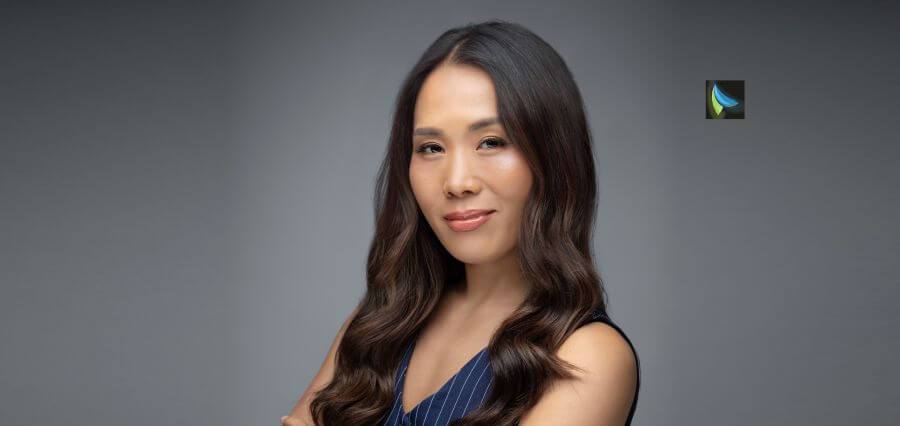Maryam Bishk’s Arabic Historical Dictionary: A Significant Accomplishment

Decoding the Past: The Significance of the Historical Dictionary of the Arabic Language
In an era where linguistic heritage is often overshadowed by technological advancements and globalization, an insightful dialogue session at the Sharjah International Book Fair raised significant points regarding the Arabic language’s profound history and its contemporary relevance. Titled “The Historical Dictionary of the Arabic Language: From Authorship to Research,” the session featured prominent linguist Dr. Bishk, who articulated the necessity of understanding the Arabic language not merely as a means of communication but as a living testament to a rich and nuanced civilization.
Dr. Bishk opened her address by emphasising that this dictionary serves as a fresh lens through which to examine the Arabic language’s evolution over centuries. She posited that language is not static; instead, it is dynamically intertwined with the cultures and societies that speak it. “Every word in Arabic carries with it stories, traditions, and values that have been sculpted by our civilization over the millennia,” Dr. Bishk noted, highlighting the importance of acknowledging the historical context behind the lexicon of Arabic.
The historical dictionary, a monumental project, draws from a reservoir of linguistic resources, meticulously compiling terms and providing insights into their origins, usages, and transformations through time. This initiative is not only an academic endeavor but also a cultural preservation project, aimed at safeguarding the language that serves as a cornerstone of identity for millions across the Arab world. In doing so, it enables speakers and scholars alike to engage with the language’s profound depth, offering a narrative that underscores its importance in both historical and present-day contexts.
The Arabic language boasts a rich tapestry woven from the threads of various dialects, terminologies, and idiomatic expressions that have developed since the pre-Islamic era. Dr. Bishk pointed out that the diversity within the language reflects the myriad influences that have shaped Arab societies, from trade and conquest to migration and cultural exchanges. Each word encapsulates a piece of history, offering insights into the values and lifestyles of those who have inhabited the Arab world throughout centuries.
Moreover, she highlighted how the historical dictionary serves as a crucial tool for current and future scholars, ensuring that students and researchers have access to authentic data that elucidates the language’s evolution. This aspect is particularly vital in academic circles where the demand for rigorous, well-documented research is paramount. The dictionary not only provides definitions but also traces the etymology and sociolinguistic contexts of Arabic words, thus enriching the scholarly discourse around the language.
Dr. Bishk further discussed the role of such linguistic resources in promoting cultural identity among younger generations. In a world increasingly dominated by English and other global languages, understanding and appreciating one’s native language becomes essential. The historical dictionary, she argued, can foster a sense of pride in the language’s heritage, encouraging young Arab speakers to explore and celebrate their cultural roots.
It is also pertinent to reflect on the digital age’s impact on linguistic accessibility and engagement. With the advent of technology, many new platforms for language learning and resources are emerging. The historical dictionary, while grounded in traditional scholarship, is poised to adapt to these changes by incorporating digital versions that make it more accessible to a wider audience. This evolution will enable not just scholars but also casual learners to delve into the rich linguistic history of Arabic.
The conversation at the Sharjah International Book Fair serves as a call to action for educators, policymakers, and cultural institutions. There is a pressing need for initiatives that promote the understanding and appreciation of the Arabic language within educational curricula at all levels. By investing in such efforts, societies can help ensure that the profound richness of Arabic is preserved and passed down to future generations.
In conclusion, Dr. Bishk’s insights during the dialogue session underscore a pivotal moment in addressing the significant cultural and historical dimensions of the Arabic language. The historical dictionary holds the potential to bridge the past with the present, enriching not only our understanding of language but also reinforcing cultural identity in a rapidly changing world.
—
Tags: #ArabicLanguage, #CultureNews, #Sharjah, #PeopleCultureNews, #EducationNews






